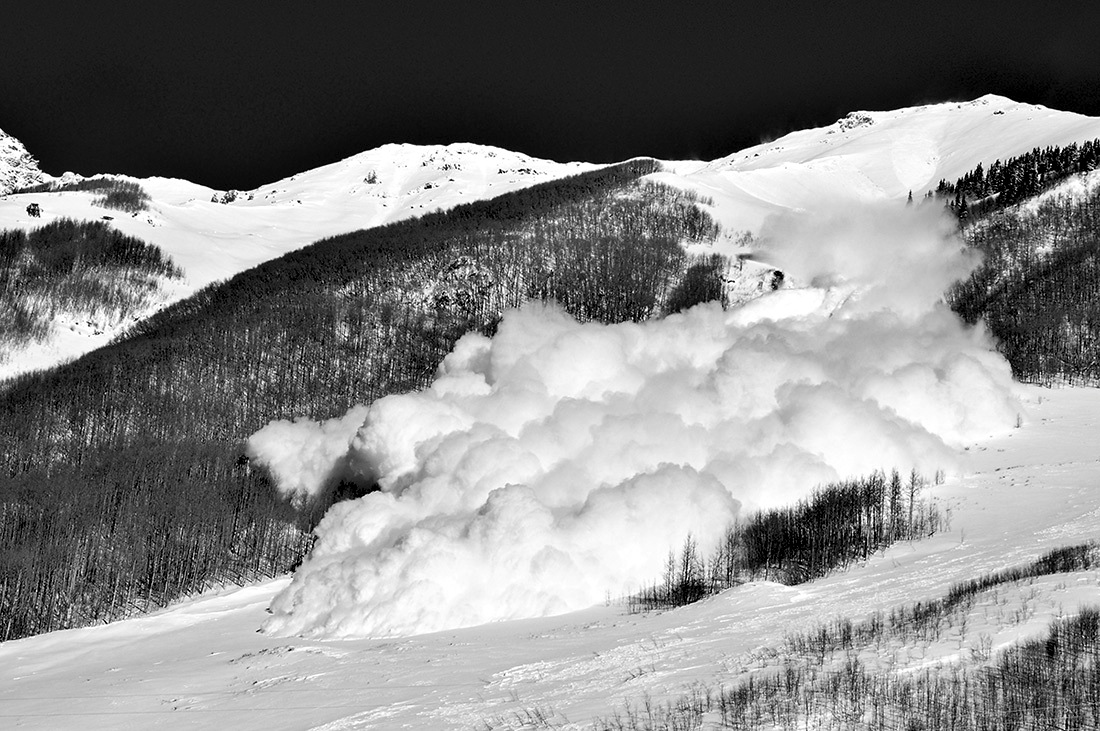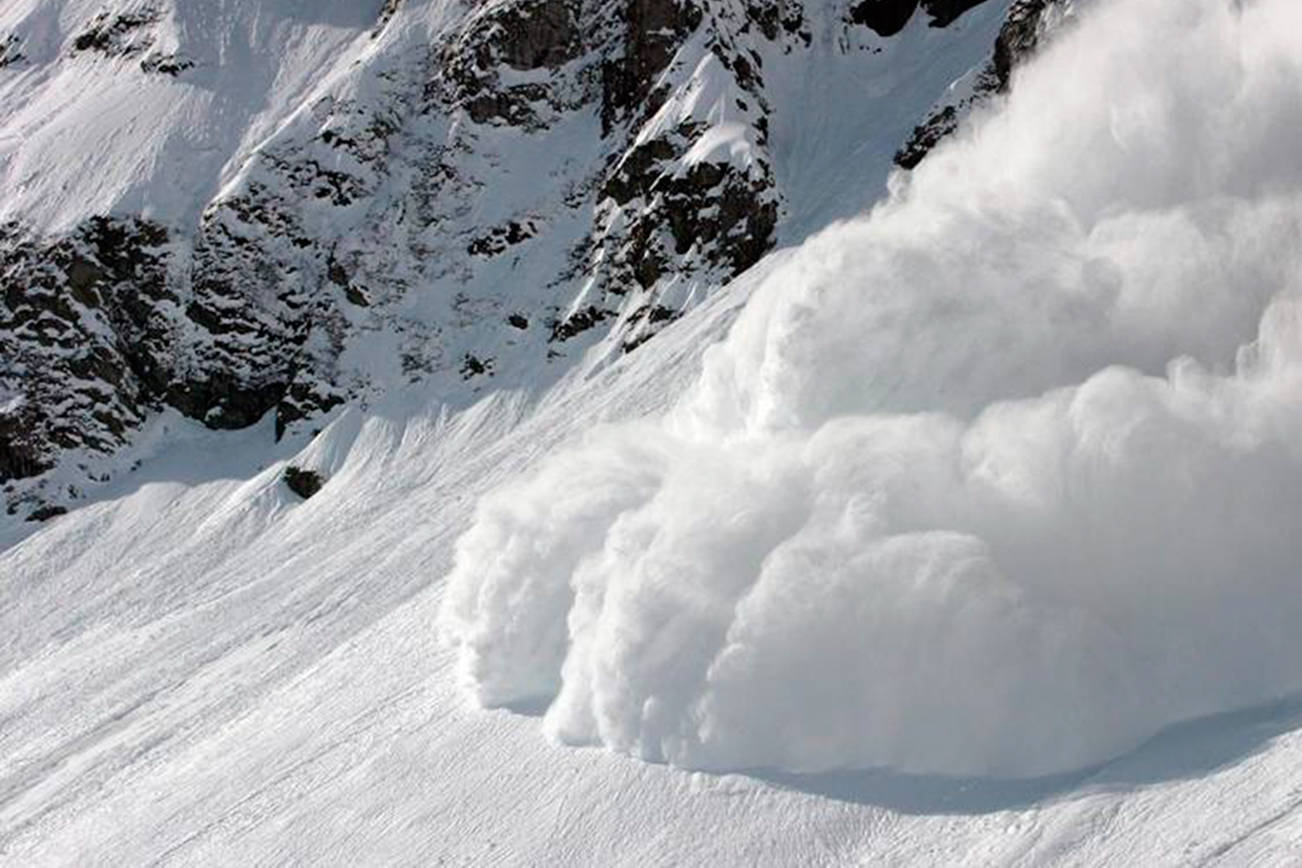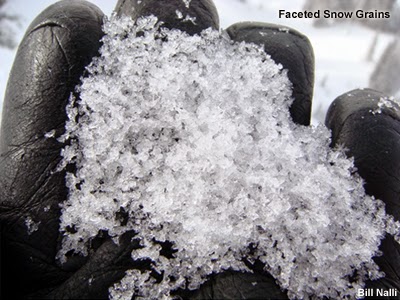
Avalanches are typically at the forefront of any backcountry skier’s mind when it comes to backcountry skiing. After all, they can be the difference between life and death in the mountains. However, some times of the year can be more dangerous than others. Snowpack stability fluctuates throughout the season in reaction to weather events, so any snowpack could theoretically be dangerous at any time of the year.
So what time of year is typically the most dangerous? The short answer is usually January or February for any given snowpack. For the long answer, to understand why we must first understand some basic snow science.
In a nutshell, facets are essentially very loose, dry, unconsolidated snow crystals. If you’ve never seen these crystals, they are terrible for making snowballs since the snow doesn’t stick to itself. Facets are a common weak layer, meaning they are often a problematic point of failure in a snowpack.
So how exactly do facets correlate to avalanches? When a large slab forms on top of faceted snow, the facets get loaded with weight above them. Sometimes this loading is enough to trigger them naturally, but often not. The facets are strong when mass is gradually loaded on top of them. Think about carefully and slowly placing a book on top of four eggshells: they can hold the book’s weight. However, when a skier comes along, they are putting force on the snowpack very rapidly. In the eggshell analogy, this is like dropping that book from a three-story building onto the eggshells. The result? Shattered eggshells.

So facets are very unstable when weight is rapidly added to them. This is quite problematic for backcountry recreation. So how exactly do facets form?
Throughout the entire winter, the ground stays at a near-constant 32F. The air, however, can dip far below 32F. What this creates is a temperature gradient. As long as the air is below 32F, the air near the ground will almost always be warmer than the air near the snowpack’s surface. Warm air can hold more moisture than cold air, meaning there is typically more water near the surface than there is in the air. The closer to the surface, the warmer the air, and therefore the more moisture there is. Just like anything else of high and low concentration, natural diffusion takes place here. Water from high moisture content areas lower in the snowpack travels up to the dry air near the surface. The effect that this has is drying out the snow that is high in moisture content. Without the necessary moisture that the snow crystals need to bond together and strengthen, the crystals are left loose and very problematic.
It is important to note that snow doesn’t need to be near the surface to facet. There is a specific formula that is used to determine if faceting is occurring in the snowpack. For every 10cm of snow, if there is a temperature difference of 1ºC or more, the temperature gradient is large enough that a vapor pressure gradient forms, and faceting occurs. This can occur at any height in the snowpack, not just near the surface.
In the early season, particularly in continental snow climates, the snowpack is shallow, and temperatures are cold, and significant faceting can occur rapidly. In December, January, and February, more consistent snowstorms deliver snow, forming cohesive slabs on these weak layers. This puts stress on the weak layers, making a collapse and slide initiation more likely to occur, and hence the most dangerous time of year for avalanches is typically in January or February. Before that, there is not enough mass loading the weak layers to be especially problematic. Why is the spring better for avalanche risk, you may ask?
Well, temperature gradients can work in your favor as well. If the temperature gradient in a 10cm segment of the snowpack is ≤1ºC, faceting is not occurring. In fact, moisture is abundant in the snow, and the opposite happens! The moisture bonds the snow crystals together and makes the layer cohesive, increasing stability! This is why starting in March and April, when temperatures begin to warm, avalanche risk generally decreases.
